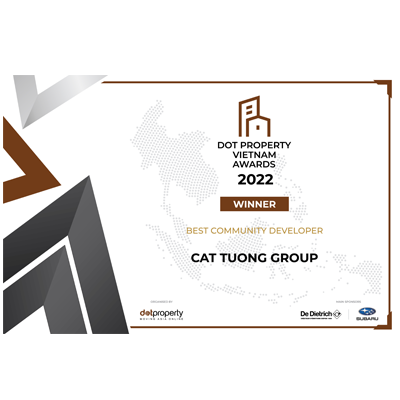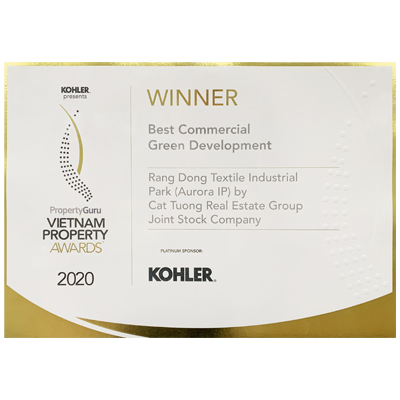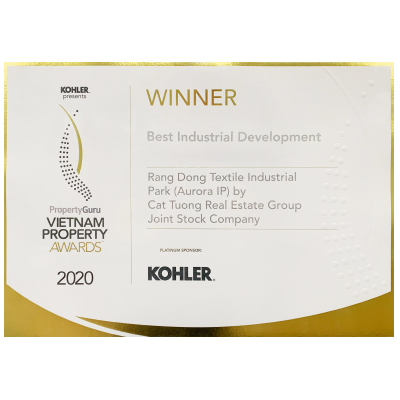Overview
Rang Dong Textile Industrial Park (Aurora IP) is a specific industrial real estate project invested, developed and distributed directly by Cat Tuong Real Estate Group Joint Stock Company (under the legal entity Rang Dong Infrastructure Investment And Development Joint Stock Company) on an area of 519.6 hectares, focusing on attracting the textile supporting industry, especially the textile dyeing segment. With the mission of laying the foundation for sustainable development for one of the industries that are considered as an environmental burden, Aurora IP is oriented to develop into an eco-smart textile industrial park, contributing to bringing Nam Dinh becomes the textile center of the North, and contributing to the stable development of Vietnam's textile and garment industry in the process of industrialization and modernization.
Located in Nghia Hung - Nam Dinh, Aurora IP has a strategic location when it connects directly to most of the backbone roads in the northern key economic region, easy access to highway infrastructure, inland & international waterways, railway; is the gateway location linking with the remaining key economic regions of Vietnam, belonging to the area that continues to be prioritized for investment expansion. Positioned as one of the core products of Cat Tuong Group in the new decade, Aurora IP is invested and developed synchronously from planning, design to construction, and monitoring on all components including the internal transport system and infrastructure; energy; clean water; wastewater, solid waste, exhaust gas and noise treatment; telecommunications connection … Service infrastructures include logistics; Human Resources; housing for experts/workers; investment incentive policies and utility services with reasonable land rental price mechanism, quick one-stop investment procedures and legal, financial, and customs support services through the industrial ecosystem and an operating process that applies digital transformation to optimize time and costs are also focused on forming and continuously upgrading to offers a pleasant experience for any investor.
Above all, Aurora IP is where Cat Tuong Group commits to a sustainable mission with the environment, with the community, creating leveraged value for the residential - industrial - commercial real estate product chain in the new decade of the Group. Aurora IP is expected to be the convergence of modern and sustainable thinking; human values; positive emotions; and of intersections that collectively produce mutual benefits.
- Total area: 520 ha
- Commercial area (factory): 320 ha
- Land lease term: 50 years, from June 30, 2015 to June 30, 2065.
- Creating a specific business and production environment for medium and large FDI enterprises from many countries around the world focusing on the textile dyeing and textile supporting industries; encouraging the promotion of joint venture - cooperation with Vietnamese enterprises, towards the goal of localizing the production of 1 billion meters of fabric by 2025, pioneering in contributing to the development of Vietnam's textile and garment industry and local and national economic growth."


